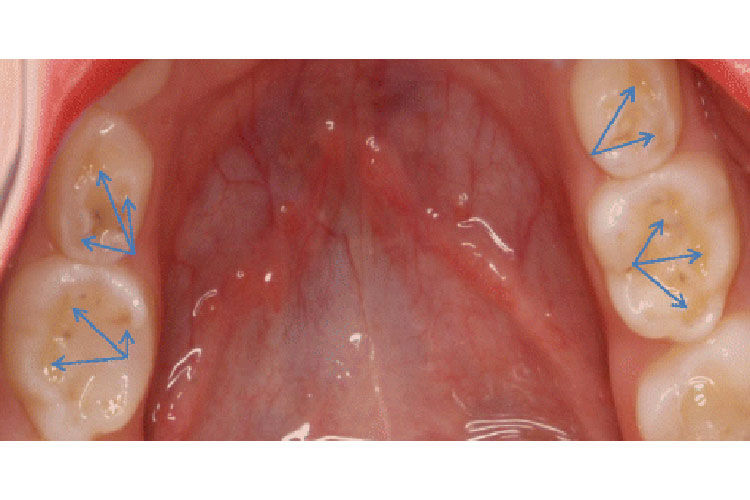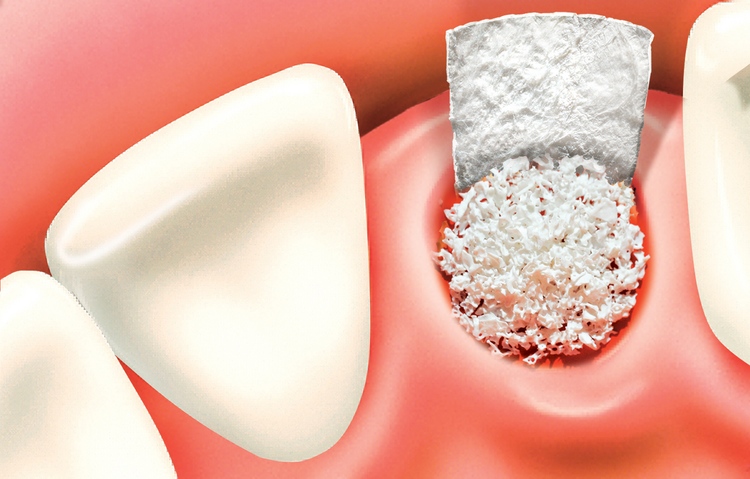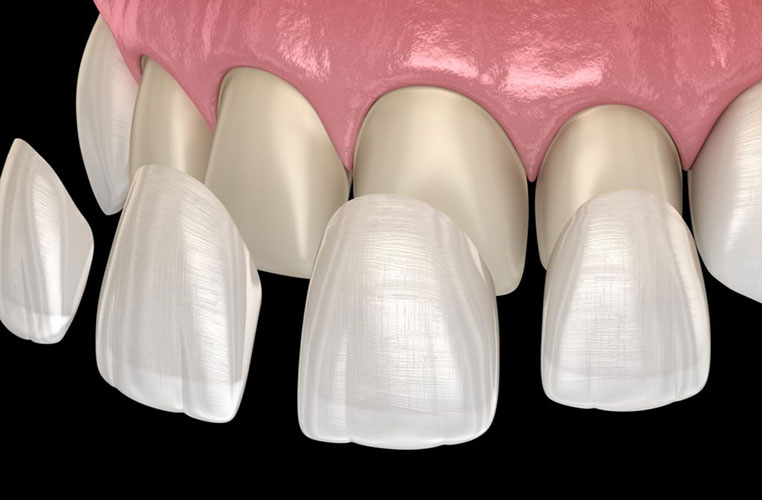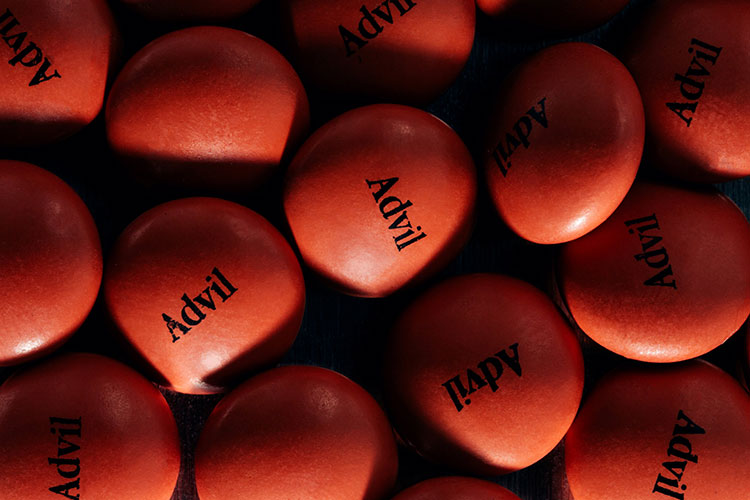Mouthwashes are liquid rinses. Many types of mouthwash are available over the counter and by dentists scripts, with various active components that aid in managing oral hygiene.
Bacteria in the mouth cause cavities, gum inflammation, bone loss, and bad breath. Therefore, effective biofilm control is critical. There are two broad types of mouthwash products: cosmetic and therapeutic. Although cosmetic mouthwash (such as Scope) lacks active ingredients that provide a biological application, it may temporarily alleviate “bad breath” by leaving a pleasant taste. Still, they do not kill the bacteria associated with them. Oppositely, therapeutic mouthwashes contain active ingredients, such as cetylpyridinium chloride (CPC), chlorhexidine, fluoride, and peroxide.
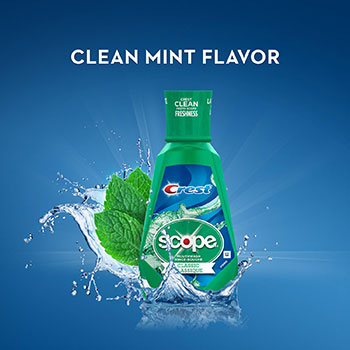
Chlorhexidine
In Canada, Chlorhexidine is available only by prescription. The 0.1-0.2% concentration is the most potent mouthwash and the gold standard for reducing Streptococcus mutans microbes and plaque. It also has rapid anti-fungal activity. For example, several studies show Chlorhexidine inhibits the growth of “Candida albicans” fungi.
The action of Chlorhexidine toward aerobic and anaerobic bacteria is diverse. However, it does not show bactericidal activity against Tuberculosis bacilli. In addition, it is inactive against bacteria spores at room temperature but becomes active at elevated temperatures. Chlorhexidine can devastate DNA and RNA viruses and inactivate the infectivity of ‘lipophilic-enveloped’ viruses, such as Herpes simplex virus, Human immunodeficiency viruses, Influenza A, Parainfluenza, Hepatitis B, and even Cytomegalovirus.
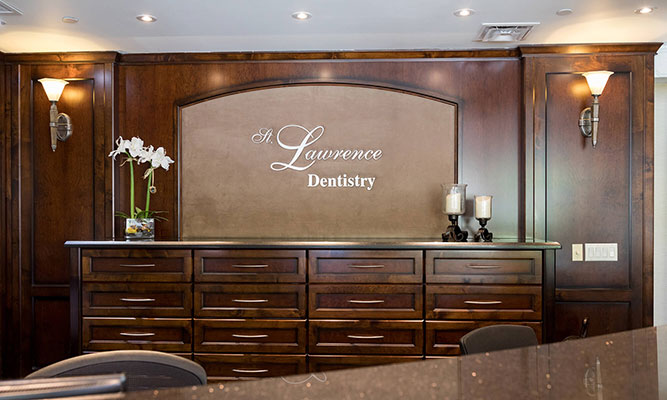
Conventional Chlorhexidine mouthwash has also exhibited significant antiplaque and anti-inflammatory effects on gums and prevents gingivitis. Therefore, Dr. Hawryluk uses Chlorhexidine mouthwash as a prophylactic in periodontal and implant procedures. In addition, Chlorhexidine mouthwash at 0.12-0.2% reduces the risk of developing a dry socket and bacteremia following dental extractions.
Chlorhexidine mouthwash can have some adverse drug reactions, including taste perturbation (loss of taste), numb or painful tongue and mouth, painful tongue and mouth, desiccating/dry feeling, and subjective discoloration.
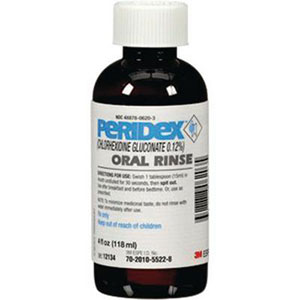
In other instances, it causes brownish discoloration of teeth, dental fillings, and oral surfaces. Furthermore, it can increase calculus formation and alter taste perception. Infrequent reactions include irritation of oral mucosa, toothaches, headaches, sialadenitis, and even parotid gland swelling. Nevertheless, Dr. Hawryluk sometimes recommends Chlorhexidine between 0.12% and 0.2% for short-term use.
Cetylpyridinium Chloride (CPC)
CPC is an antimicrobial bactericidal on Gram-positive pathogens and fungi. CPC in mouthwash at 0.045-0.10% is considered safe and effective for treating plaque-induced gum inflammation. The active ingredient in Crest Pro-Health Rinse’s and zero alcohol Listerine is Cetylpyridinium chloride.
Mouth rinses with CPC at 0.07% help maintain long-term oral health. In addition, studies show that 6-month oral hygiene protocols incorporating 0.07% CPC three times daily adjunctively to mechanical tooth cleaning prevented plaque accumulation and reduced gum inflammation. The microbes P. gingivalis and P. intermedia are significantly reduced with CPC use. You and also use CPC-containing mouthwash to manage halitosis – an unpleasant breath odor with an intensity beyond socially acceptable levels. It is a consequence of volatile molecules.

Although CPC is considered safe, users still can experience mild reactions. The most commonly reported are staining of the teeth and tongue, with other less frequently reported objective side-effects, including ulcerations and burning sensations. Staining by CPC is much less severe than that of CHX mouth rinses. You can explain this by the lower substantivity of CPC, which may also explain its lower antiplaque efficacy compared with CHX. In addition, CPC is cleared from the oral cavity more rapidly than CHX. CPC’s therapeutic effect is present up to 90 minutes in the oral cavity, compared with 7 hours for CHX. Therefore, St. Lawrence Dentistry feels CPC is more suitable for long-term use. CPC has lower potency than CHX but causes less severe reactions.
Fluoridated Mouthwashes
These mouthwashes comprise fluoride in different forms; sodium fluoride (NaF) is the most common. Cavities (caries) are a severe problem worldwide, affecting 97% of the population during their lifetimes. Its caused by acids produced during bacterial carbohydrate fermentation. Fluoridated mouth rinses make enamel resistant to acid attacks and promote enamel remineralization with fluorapatite and fluor-hydroxyapatite. Fluoride mouth rinses are most effective for reducing caries in permanent dentition for children and adolescents and in adult root caries. Dr. Hawryluk often recommends prescription-strength 0.09% fluoride mouth rinse at least once a week for high caries risk patients in those categories.
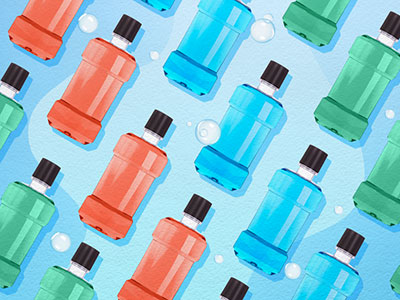
Oxidizing Mouthwashes
Oxygenating mouthwashes include active ingredients like hydrogen peroxide (H2O2). They function by delivering nascent oxygen, which breaks apart debris and causes the death of anaerobic microorganisms. One two-year study found using 1%-1.5% hydrogen peroxide daily shows no adverse effects on soft tissue. In addition, low concentrations of hydrogen peroxide accelerate wound closure by degrading proteins and facilitating wound cells to migrate to the injury. The above and its antimicrobial effects may explain why we can enhance wound healing following gum surgery with topical hydrogen peroxide in dentistry. Topical hydrogen peroxide has also been recommended to treat chronic recurrent oral aphthous ulcers, significantly reducing pain within a day of application. Most teeth-whitening agents contain hydrogen peroxide – it breaks down into water and oxygen; this allows the oxygen to infiltrate the tooth and release the pigmented molecule causing the stain, resulting in a whitened tooth.
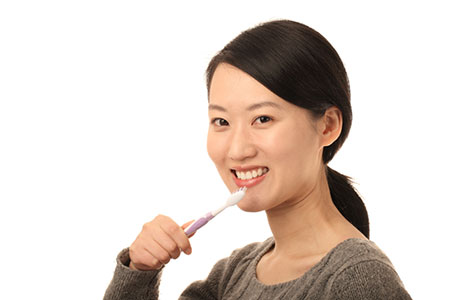
Alcohol in Mouthwash
There is a concern about a link between alcohol in mouth rinses and the risks of developing cancer. There is also a possibility of the “synergistic” effects of alcohol and tobacco. In addition, consistent exposure to alcohol may sensitize peripheral nerve endings, leading to reduced response because ethanol destroys nervous tissue by removing fats. Therefore, Dr. Hawryluk recommends alcohol-free mouthwash whenever possible, especially for long-term use.
Conclusion
Consumers should stop viewing mouthwashes as cosmetic products but rather as therapeutic products. Before using any mouthwash, one should read the instructions and ingredient list. Feel free to book a consultation at our Mississauga clinic to discuss this topic further.
Reference:
https://www.oralhealthgroup.com/features/mouthwashes-and-their-use-in-dentistry-a-review/
- Understanding Dental Cupping on Molars: Causes, Prevention, and Treatment - August 14, 2024
- Bone Preservation: Essential for Strong Dental Implants - August 5, 2024
- Porcelain Veneers from Design to Finish - July 27, 2024





